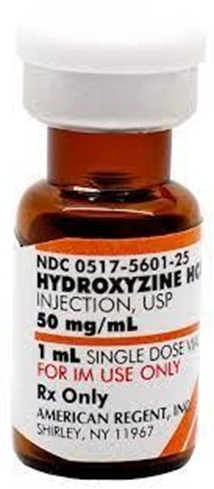A nurse working in an assisted living facility has been made aware that a chemical disaster has occurred within the community and is a threat to the facility. Which of the following actions should the nurse take? (select all that apply)
Turn off fans and heaters.
Evacuate the entire facility of all residents and staff.
Close the doors and windows of each resident’s apartment.
Be sure the fireplaces in each room are burning.
Place wet towels under the doors.
Correct Answer : A,C,E
A. Turning off fans and heaters can help prevent the circulation of potentially contaminated air.
B. Evacuation may be necessary in extreme cases but should be done following established protocols and considering the safety of residents.
C. Closing doors and windows helps minimize the entry of external air, reducing exposure to potential contaminants.
D. Keeping fireplaces burning may increase the risk of indoor air pollution and is not a recommended action during a chemical disaster.
E. Placing wet towels under doors can help create a barrier to limit the entry of external air and contaminants.
Nursing Test Bank
Naxlex Comprehensive Predictor Exams
Related Questions
Correct Answer is ["10"]
Explanation
To answer this question, we need to use the formula:
mL = (dose ordered / dose available) x mL available
Plugging in the values from the question, we get:
mL = (50 mg / 25 mg) x 5 mL
mL = 2 x 5 mL
mL = 10 mL
Therefore, the nurse should administer 10 mL of hydroxyzine oral suspension.

Correct Answer is A
Explanation
A. Standards of care published by reputable organizations, such as the Oncology Nursing Society, provide evidence-based guidelines and best practices.
B. While the experience of a nurse in a chemotherapy clinic is valuable, it may not represent standardized, evidence-based practices.
C. A qualitative study may provide insights into clients' perspectives but may not necessarily offer specific interventions for oral care.
D. Published textbooks can be valuable resources, but standards of care from professional organizations are generally more up-to-date and evidence-based.
Whether you are a student looking to ace your exams or a practicing nurse seeking to enhance your expertise , our nursing education contents will empower you with the confidence and competence to make a difference in the lives of patients and become a respected leader in the healthcare field.
Visit Naxlex, invest in your future and unlock endless possibilities with our unparalleled nursing education contents today
Report Wrong Answer on the Current Question
Do you disagree with the answer? If yes, what is your expected answer? Explain.
Kindly be descriptive with the issue you are facing.
